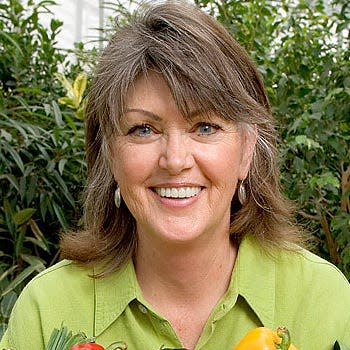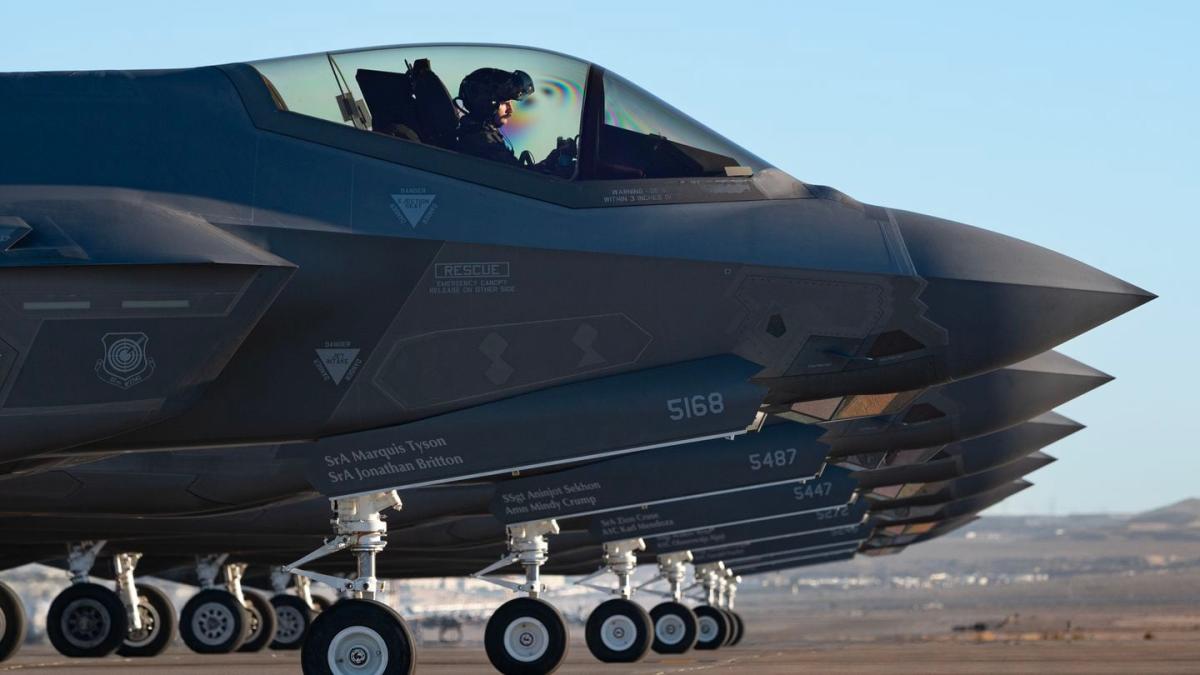A trellis is a handy technique to manage crops in the garden. Vining crops like melons, winter squash and cucumbers have a natural prostrate growth habit that, left on their own, will sprawl and occupy many feet of valuable garden space. Hunting for cucumbers in a tangled mess of vines is risky without stepping on the stems.
Training vining plants to grow vertically on a structure saves garden space; fruit is easily found among the leaves and is a much more convenient and clean harvest technique than leaving the vines sprawled on the ground.
A trellis is just one of many kinds of support. There is fabric and plastic mesh netting tied horizontally to posts, metal fencing affixed to the inside of a frame, lengths of strings strung vertically within a frame, and free-standing cages, teepees, obelisks, wooden or metal trellises, and fences that enclose the garden. The technique used depends on available materials, cost of materials, and ease of construction.
Vining plants have specialized structures called tendrils, wrapping organs that are modified leaf parts derived from axillary buds. Axillary buds produce lateral side growth and are found in a node at the base of a leaf.
Tendrils are curious, string-like structures. Soon after emerging from a node, tendrils lengthen and when they come in contact with something smaller, respond by coiling around the object they touch. As the main stem grows upward new tendrils are formed on successive nodes.
Each cucumber node has a leaf, a tendril, a growth point, and a fruit. Train plants to structures by removing the growth point, leaving the fruit, tendril and leaf. Removing the growth point prevents the lateral spread of stems and the direction of growth is upward and not lateral. Leaving the leaf is essential for photosynthesis to synthesize carbohydrates and tendrils are important to attach stems to the trellis.
The cucumber in the accompanying photo is being trained to an ornamental metal trellis. The lower tendril has coiled around one of the trellis arms, while a younger tendril is fully extended and has yet to wrap around a structure.

Start training the main leader of the cucumber at about 12 inches from the ground. Continue eliminating new axillary (lateral) growth points as the plant lengthens upward.
Note: Not to be a Debbie Downer, rather, an Annie Aware: in mid-May whole cucumbers sold by Fresh Start Produce Sales Inc. of Delray, Florida, were recalled for the potential of Salmonella contamination. Salmonella is a bacterial contaminant caused by unsanitary conditions. The cucumbers were shipped to retail distribution centers, wholesalers, and food service distributors in fourteen eastern states. None in Texas.
This recall is brought to the reader to highlight the enormous benefit of growing your own produce. The gardener knows where and how it was grown and cared for after harvest.
Ellen Peffley taught horticulture at the college level for 28 years, 25 of those at Texas Tech, during which time she developed two onion varieties. She is now the sole proprietor of From the Garden, a market garden farmette. You can email her at gardens@suddenlink.net
This article originally appeared on Lubbock Avalanche-Journal: Gardening for You: Cucumbers on a trellis saves space
Signup bonus from





